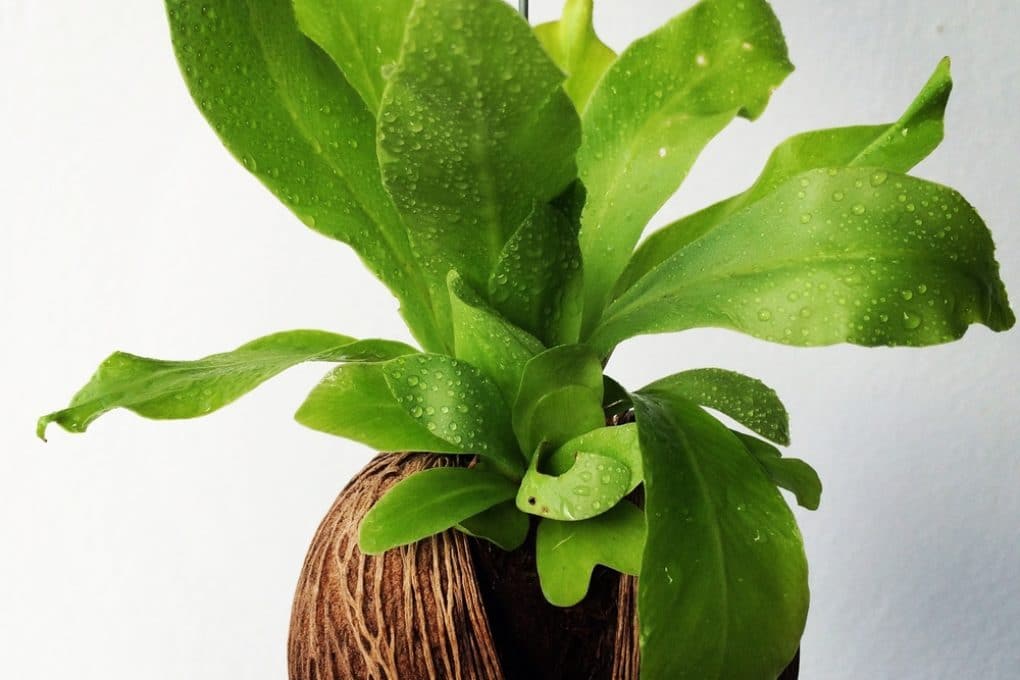
Bird Nest Fern Problems » Identification Tips & Control
Water your bird's nest fern roughly two to three times a week. You want to give the soil enough water to be moist, but not soggy. Water the soil around the edges of the pot rather than pouring into the middle as the crown of the fern can rot and damage any new growth from the rosette. The bird's nest fern prefers filtered or indirect light.

Bird's Nest Fern 6" Houseplant Grimm's Gardens
Phonetic Spelling as-PLEE-nee-um NYE-dus Description. Bird's Nest Fern is a tropical, slow growing, evergreen, perennial, epiphyte native to Hawaii and the Pacific Basin.
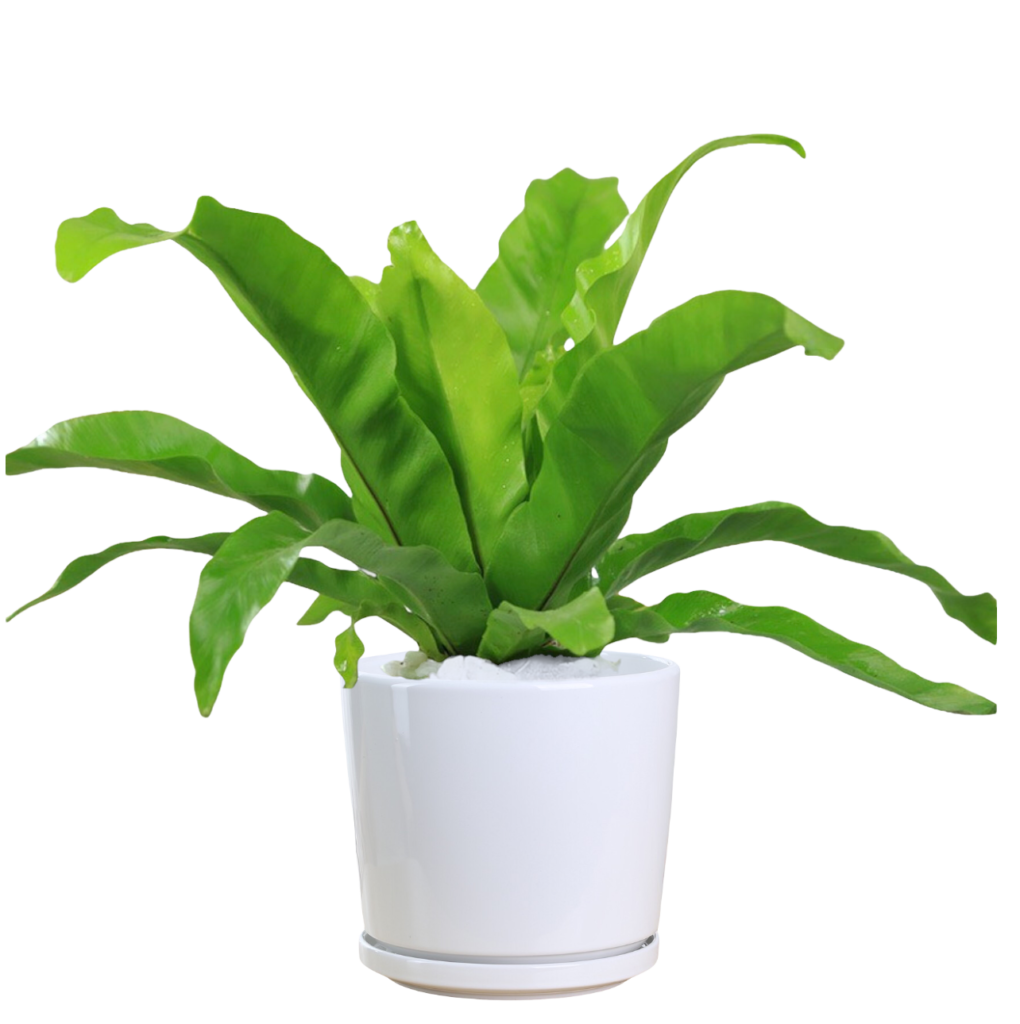
Bird's Nest Fern Thai Garden Design
Discover how to create a lush indoor garden by learning the tips and tricks for Caring for Bird's Nest Ferns Indoors. To grow Bird's Nest Fern or Asplenium nidus indoors, place the plant in indirect sunlight and keep the soil consistently moist. Ensure good drainage and maintain a humid environment. Fertilize lightly during the growing season.
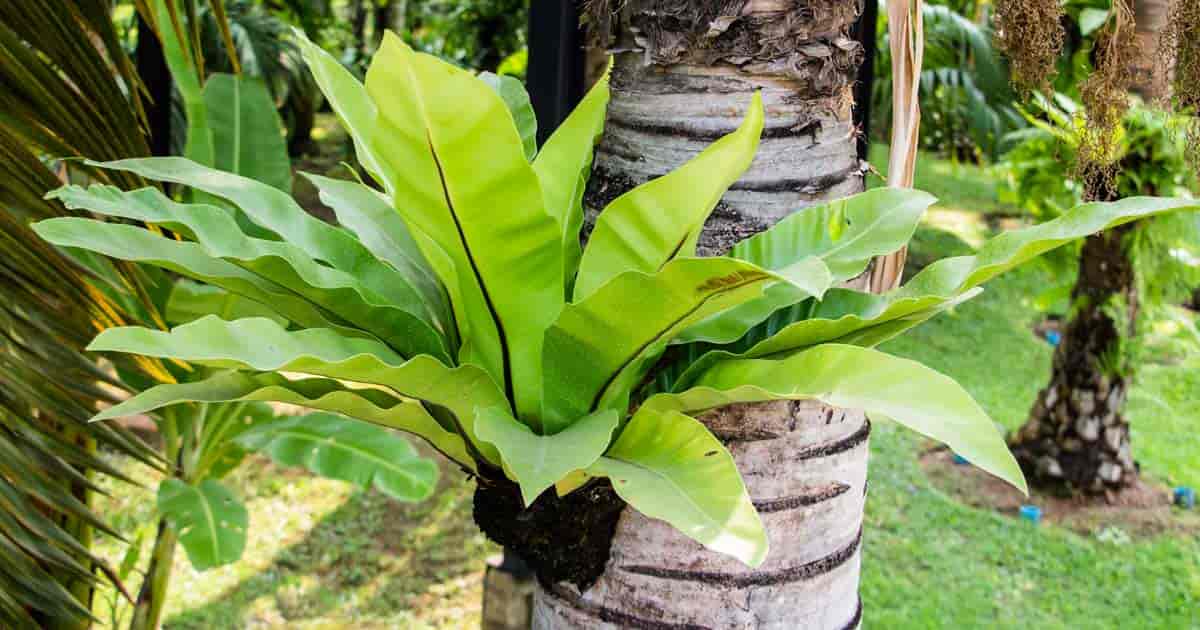
Bird Nest Fern Plant Dyrking og stell av Asplenium Nidus Hagearbeider
Asplenium nidus, or the bird's nest fern, is a commonly cultivated plant that grows naturally in the rainforests or tropical areas in Asia, Australia, Madagascar, Hawaii and Polynesia. As with most fern's, the bird's nest fern has long trailing stems with bright, evergreen leaves. This cultivar has a variety of spoon-shaped fronds that.

Birds Nest Fern Westlake Nursery
p-coumaric acid and fucose-rich polysaccharide have been studied for many bio-functions in skin including cutaneous protection from oxidative damage and antiageing, respectively, as well as wound healing. The physiological activities of various bird's nest fern extracts (BNFE), containing considerab.
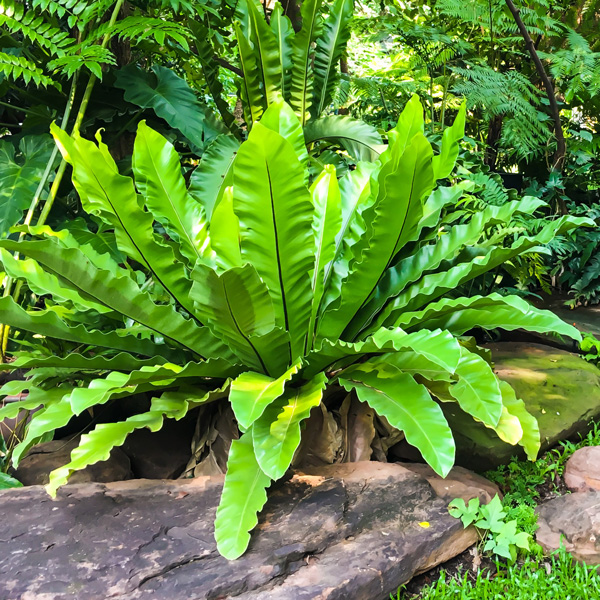
Birds Nest Fern Garden Express
9) Medicinal Properties. Bird's nest fern contains a rich concentration of bioactive flavonoids. Studies show that these naturally occurring components may have antioxidant, antibacterial, and anti-cancer properties. This modern research supports the traditional use of bird's nest fern in folk medicine traditions.
How To Make Your Plants Happy Bird's Nest Fern Care Guide 36vine
The bird's nest fern benefits from regular fertilization. Use a balanced, water-soluble fertilizer once a month during the growing season (spring and summer). Make sure to dilute the fertilizer according to the instructions on the label. Avoid fertilizing the plant during the winter months, as it is not actively growing during this time.
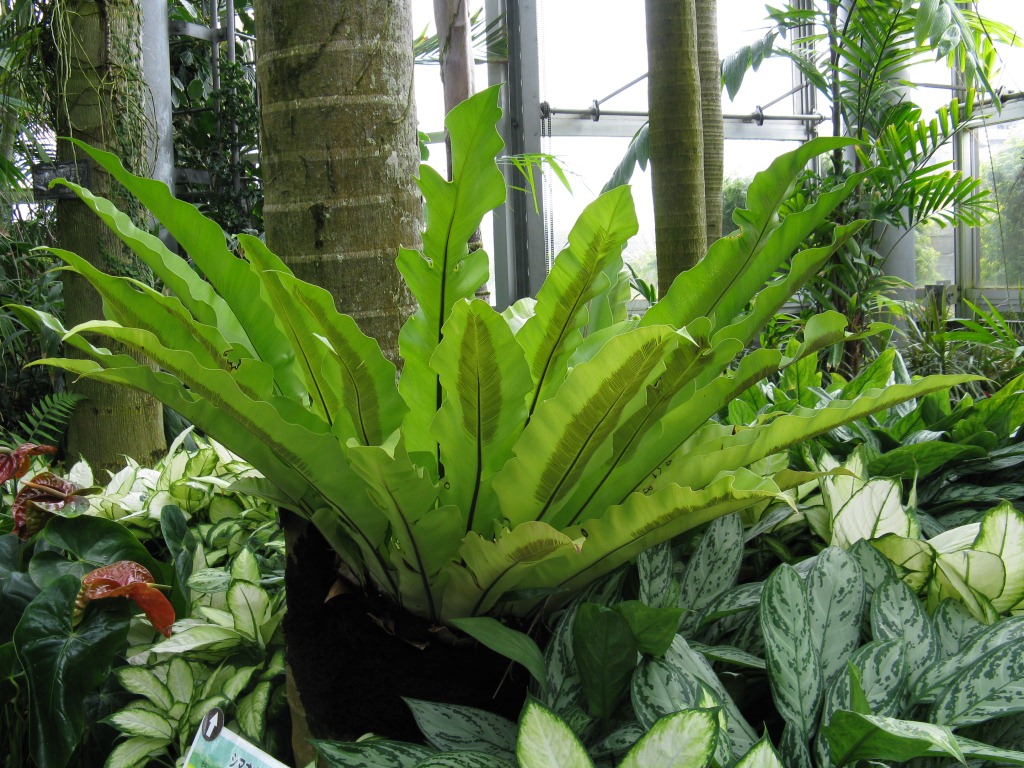
20+ Types of Fern in The World The Facts and Description Natgeos
The Bird's Nest Fern or Asplenium nidus is one of the several popular and beautiful ferns grown as houseplants. Ferns like this one can be grown in North facing windows perfectly well and will truly relish the type of light and cooler temperatures these places receive. In return the Bird's Nest Fern will give you lots of naturally glossy leaves.

Bird’s Nest Fern Care Guide Learn All Things Birds Nest Fern Plants Spark Joy
Discover the amazing health benefits of the bird's-nest fern, a natural remedy for a variety of ailments! This article explores the plant's unique properties and how it can help boost your immune system, improve digestion, and more. Learn how to incorporate this powerful herb into your diet and start reaping the benefits today!

Bird's Nest Fern 6" Houseplant Grimm's Gardens
Watering a Bird's Nest Fern. As a tropical plant, Bird's Nest Ferns prefer moist soil. Be careful not to overwater the plant, as this can result in root rot, which are roots that essentially drown in water. An easy way to check whether it's time to water is to feel the top of the soil. When the top inch of the soil dries out, give your.
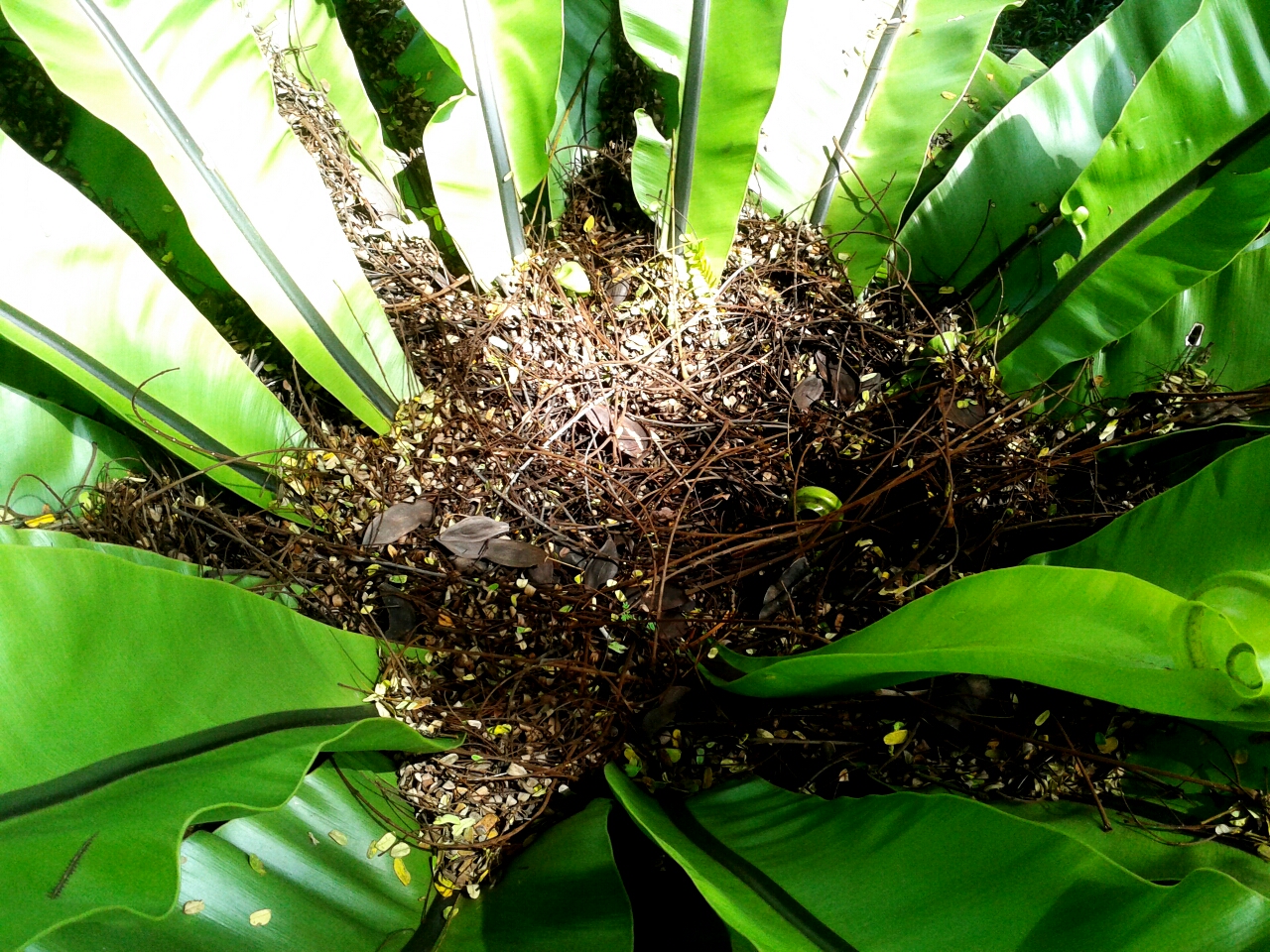
My Small Backyard Garden About Asplenium Nidus ( Bird's Nest Fern )
The luscious, wavy-edged foliage of the bird's nest fern ( Asplenium nidus) adds drama to every room and just looking at it will lift your mood - though it's best to resist stroking its long.
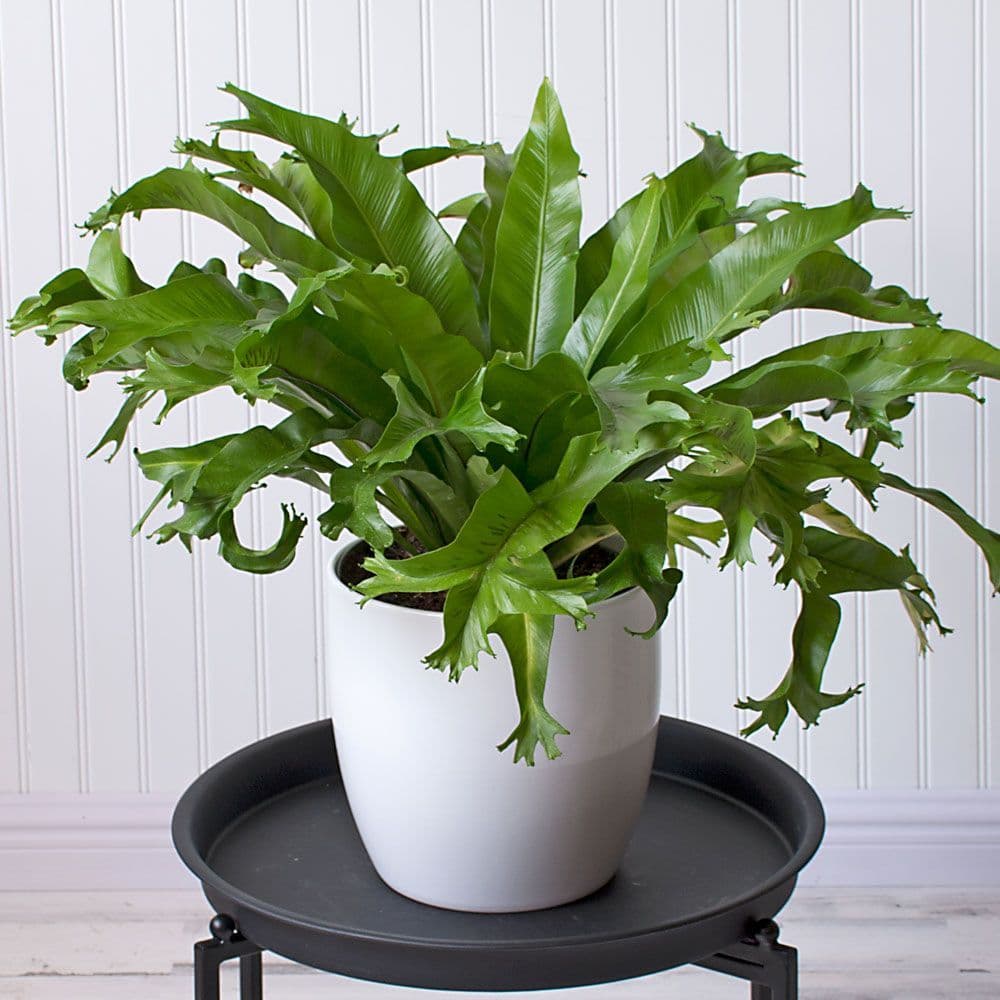
Bird Nest Fern, Asplenium Nidus Plant
The bird's nest fern, or Asplenium nidus, is native to the tropical regions of Asia, Australia, and East Africa, and they're typically found growing on the surface of trees and other plants—so cool!According to The Sill's plant expert Paris Lalicata, the name comes from the plant's "new growth resembling small bird eggs as they arise from the brown, fuzzy central rosette."
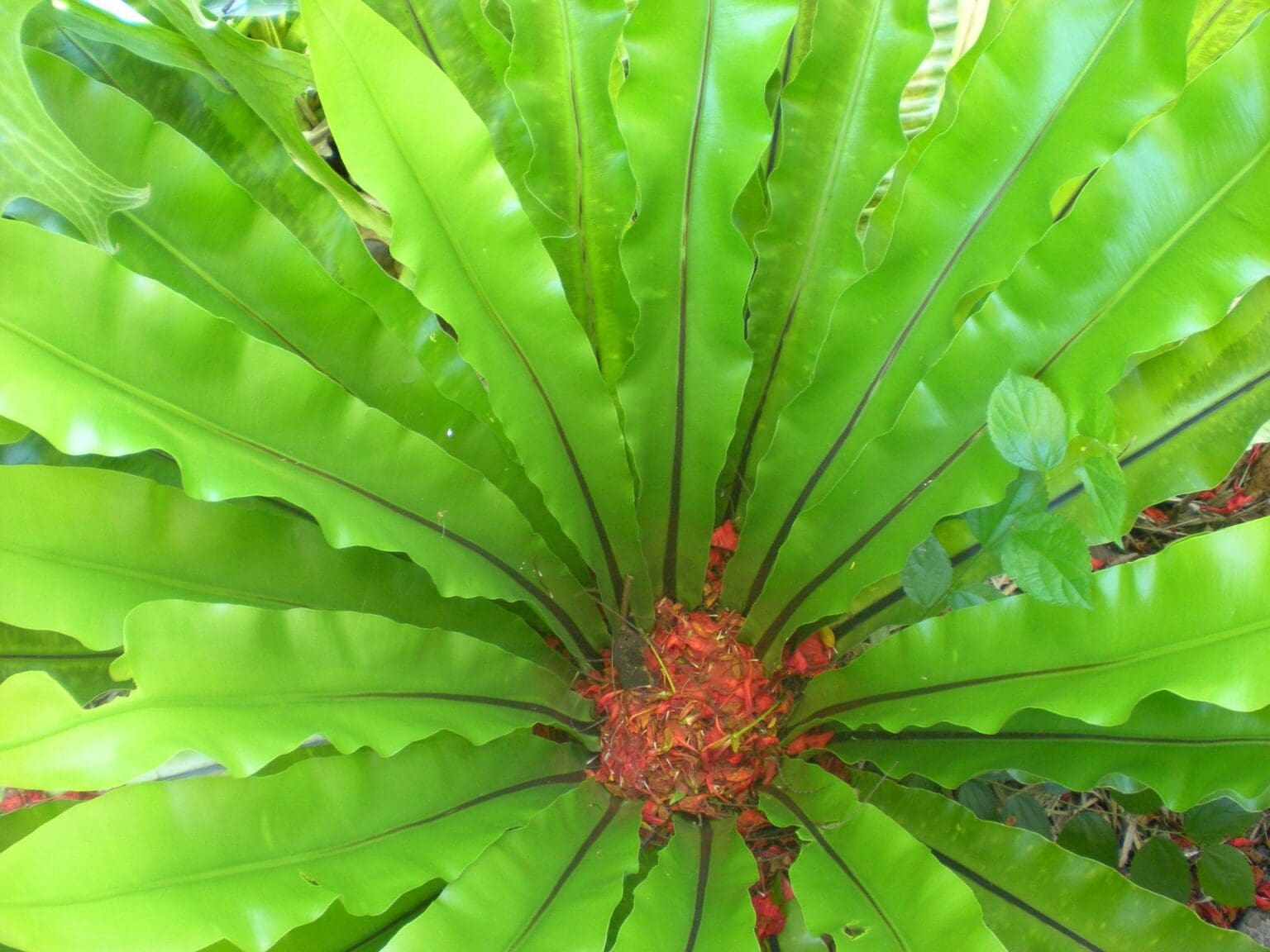
Asplenium nidus Bird's nest fern (F) ABCeeds
Step 3. Position in hole and backfill with soil, gently firming down. Form a raised or doughnut shaped ring of soil around the outer edge of the plant's root zone. This helps keep water where it's needed. Always water in well after planting to settle the soil around the roots and keep the soil moist for several weeks while the new plant.
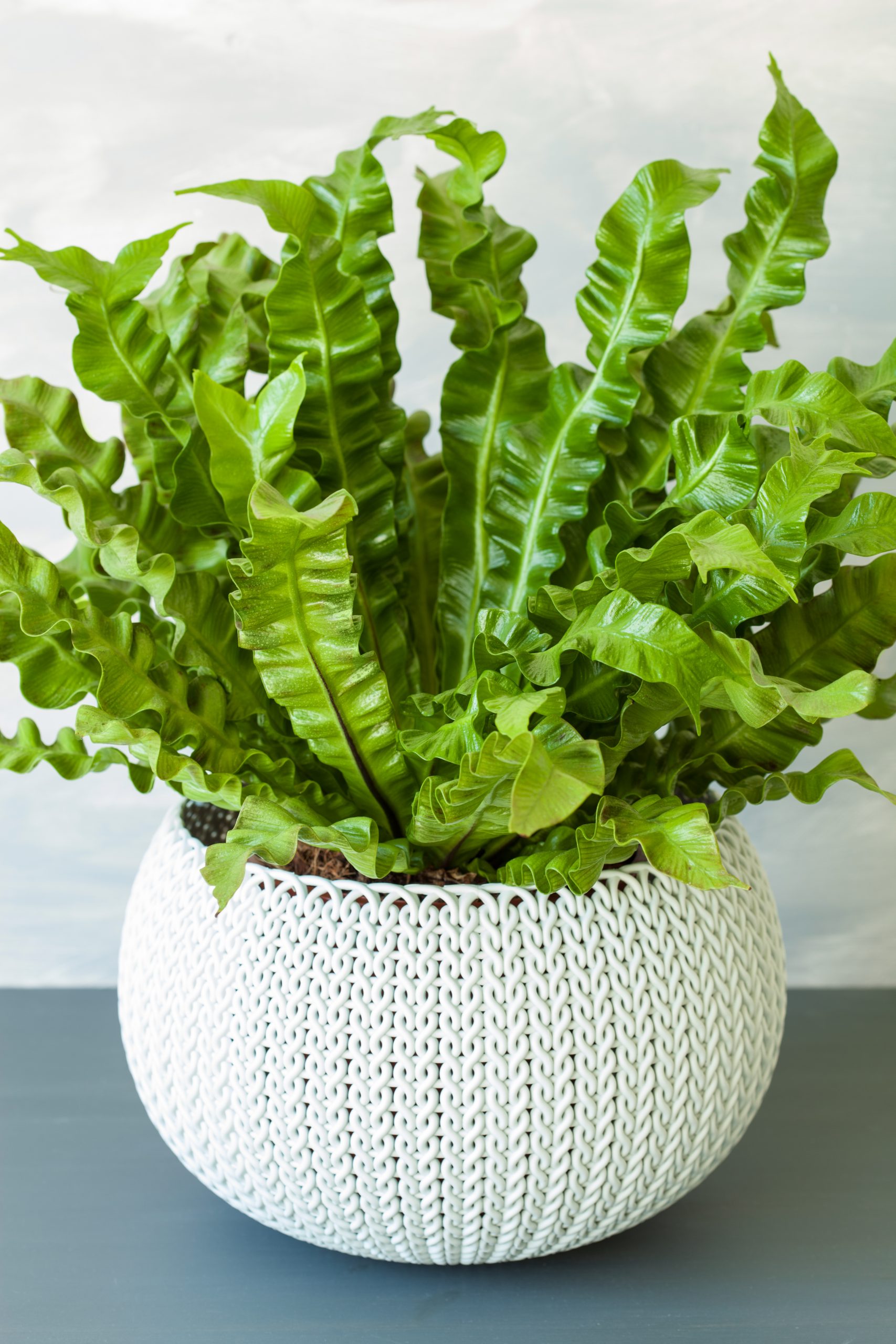
Bird'snest Fern HeyPlants
Asplenium nidus is an epiphytic species of fern in the family Aspleniaceae, native to tropical southeastern Asia, eastern Australia, Hawaii (ʻēkaha in Hawaiian), Polynesia, Christmas Island, India, and eastern Africa. It is known by the common names bird's-nest fern (a name shared by some other aspleniums) or simply nest fern.
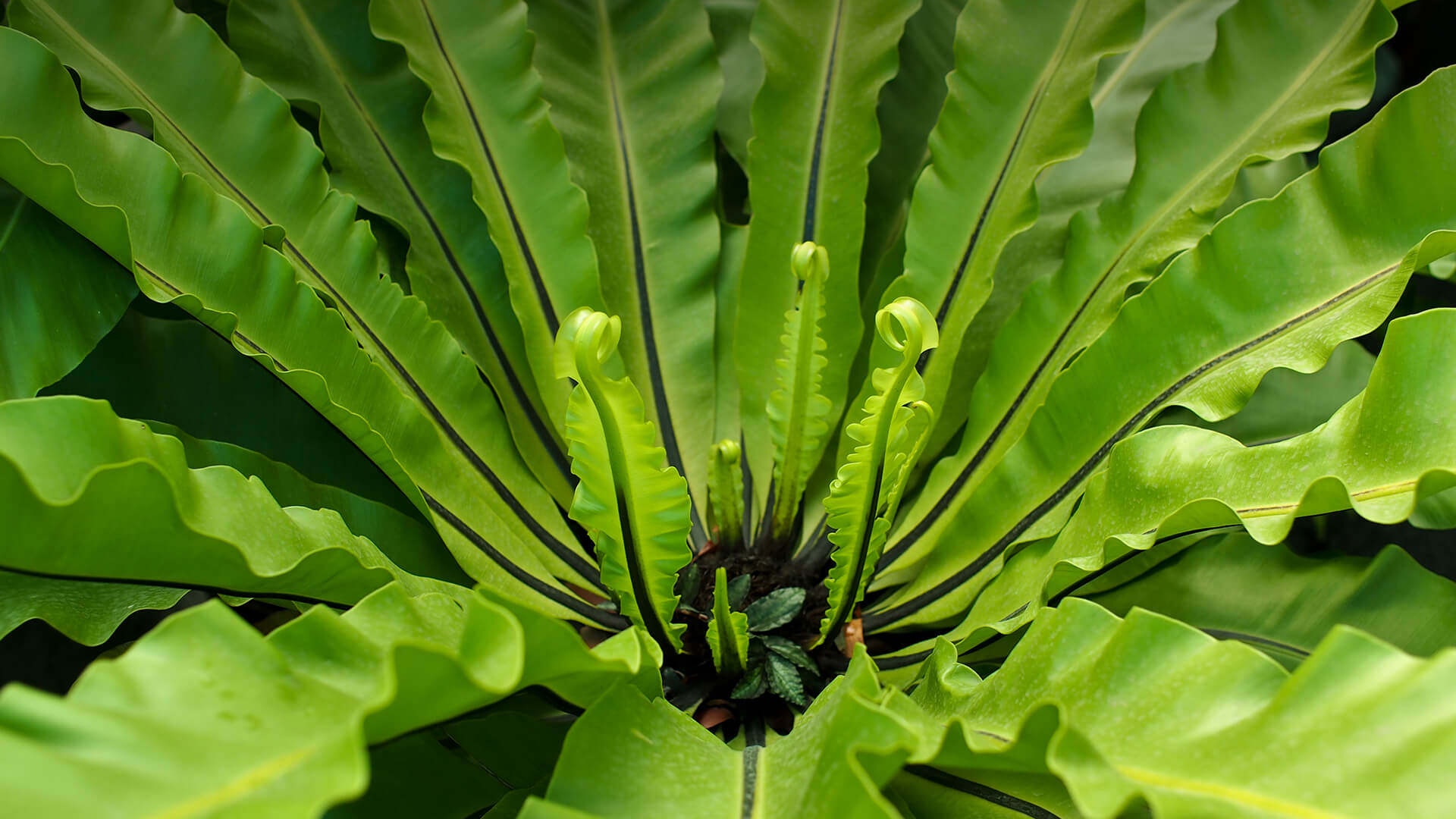
Bird'snest Fern San Diego Zoo Animals & Plants
2. Improves indoor air quality and temperature. Studies suggested that the high transpiration rate of Asplenium helps in lowering the indoor temperature to nearly 2°C and increases the humidity up to 10% (3). Birds nest fern benefits are increase humidity & lower room temperature. An air-purifying plant absorbs formaldehyde, nicotine, and CO2.
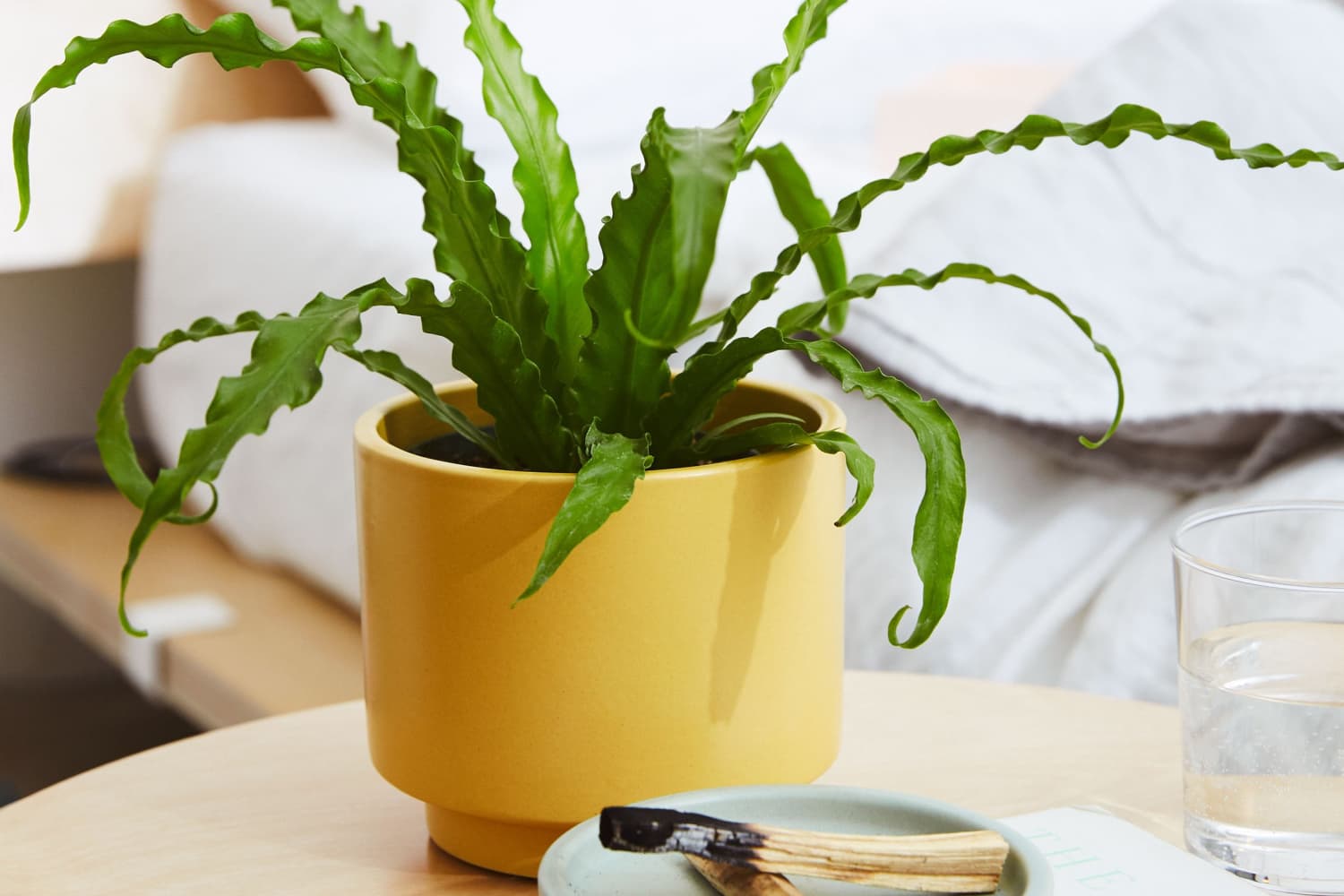
Bird’s Nest Fern Care How to Grow a Bird’s Nest Fern Plant Apartment Therapy
Bird's Nest Fern Care (Asplenium Nidus) Asplenium nidus features wide, wavy green fronds that resemble seaweed. New growth emerges from the fuzzy center, resembling birds in a nest, hence the nickname, "Bird's Nest Fern.". There are multiple Bird's Nest Fern varieties available, including the Victoria Bird's Nest Fern, and Crispy.